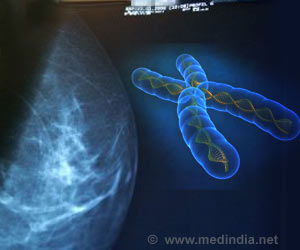POLARBEAR, a team of seventy cosmologists, have succeeded in obtaining the most accurate measurement of cosmic microwave polarization till date.

Kam Arnold and many others have developed sensitive instruments called bolometers to measure this light. Arrayed in the telescope, the bolometers record the direction of the light's electrical field from multiple points in the sky. They have now mapped these angles with resolution on a scale of about 3 arcminutes, just one-tenth the diameter of the full moon.
The team found telling twists called B-modes in the patterns of polarization, signs that this cosmic backlight has been warped by intervening structures in the universe, including such mysteries as dark matter, composed of substance that remains unknown, and the famously aloof particles called neutrinos, which elude capture making them difficult to study.
Dust in Earth's galaxy also emits polarized radiation like the CMB and has influenced other measurements. But these patches are relatively clean. And variations in the CMB polarization due to dust occur on so broad a scale that they do not significantly influence the finer resolution B-modes in this report.
Observations continue, and the data stream would ultimately be fed by additional telescopes comprising the Simons Array. Together they would map wider swaths of the sky, making fundamental discoveries possible.
The study was published in the Astrophysical Journal.
Advertisement









